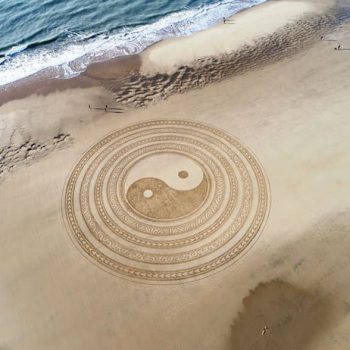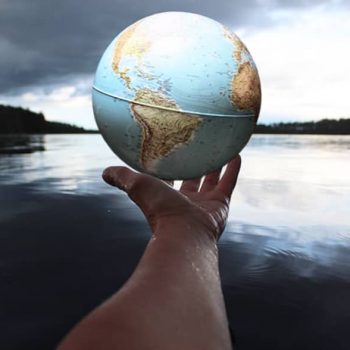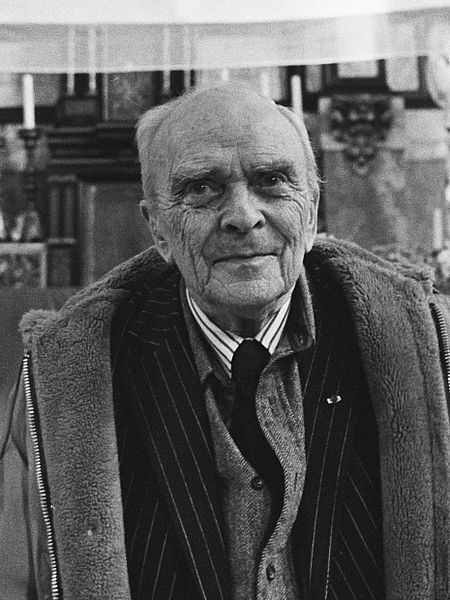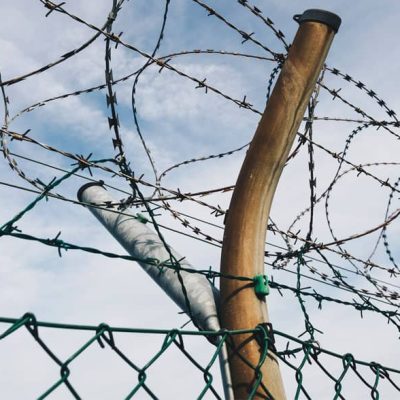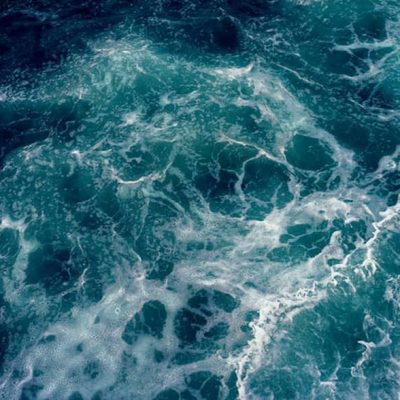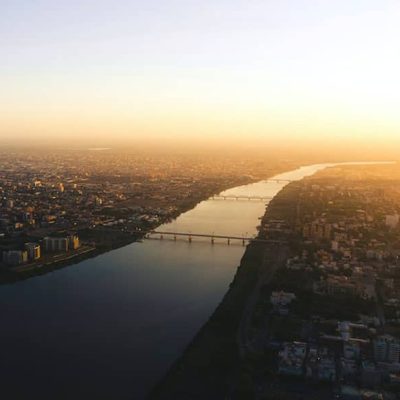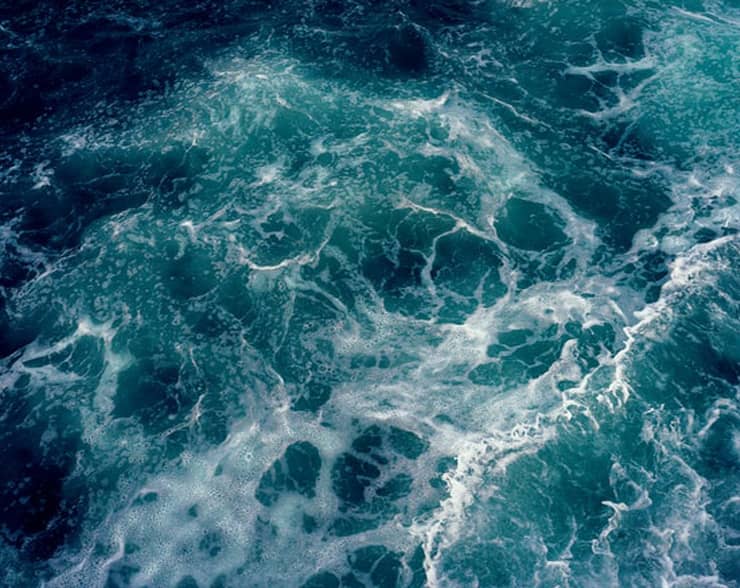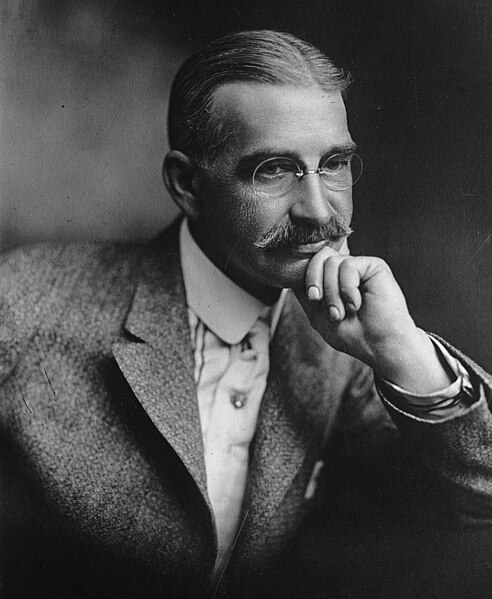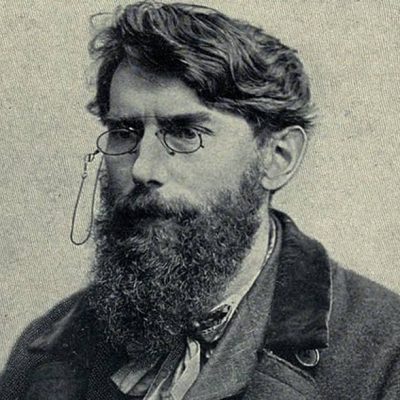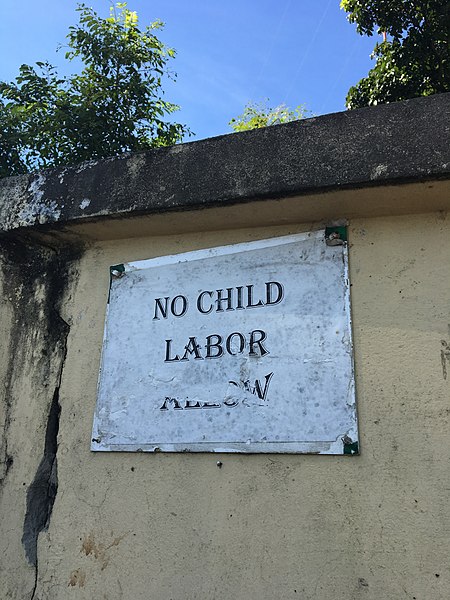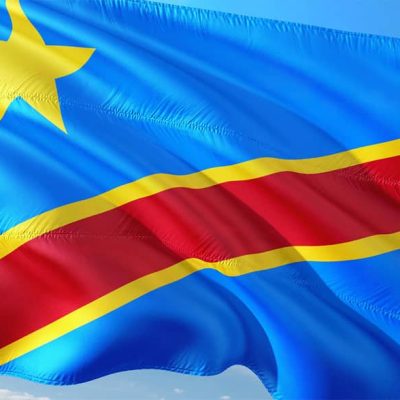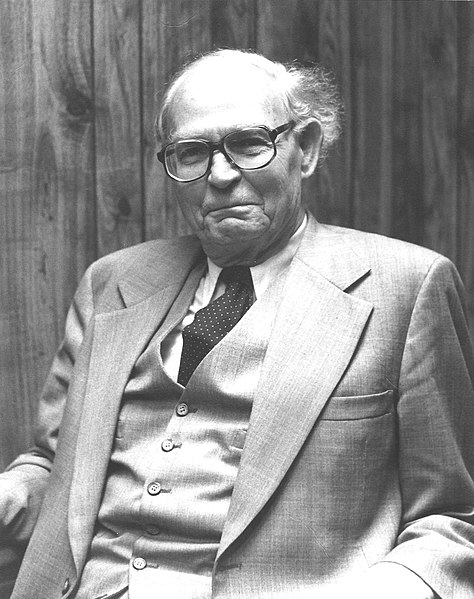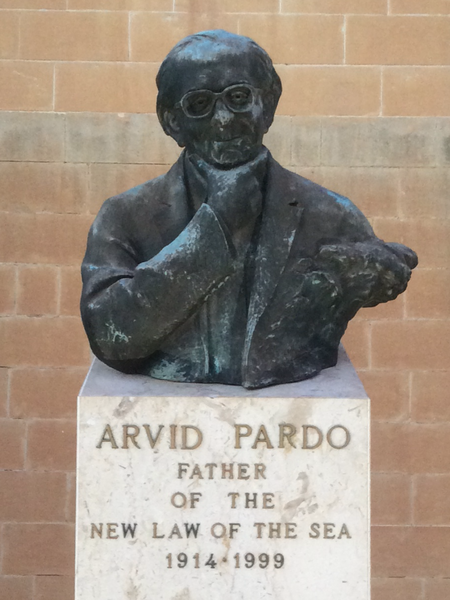 Education of World Citizenships.
Education of World Citizenships.
A Day of Balance and Harmony.
Featured Picture: Photo by Aziz Acharki on Unsplash.
Our earth is a small star in the great universe
Yet of it we can make, if we choose, a planet
Unvexed by war, untroubled by hunger or fear,
Undivided by senseless distinctions of race, color, or theory.
Stephen Vincent Bennet.
The 21st of June; the Summer Solstice; is in many cultures the cosmic symbol of balance and harmony: balance between light and dark, between the universal and the local, between giving and receiving, between women and men, and between our inner and outer worlds. History records humanity’s preoccupation with the sun’s annual cycle. Sites such as Stonehenge in England; are thought to have been erected specifically to trace the path of the sun through the heavens.
The Ancient Egypt.
The sun has always had symbolic meaning. As that most ancient Sanskrit prayer; the Gayatri tells us; the sun is a disc of golden light giving sustenance to the universe; and Plato used the image of the sun to represent the idea of the One; the Good. In the age of the Old Kingdom in ancient Egypt; the concept of harmony, order, and balance were personified by the goddess Ma’at; the winged woman; who replicated on earth, the celestial balance of order and beauty.

Yin and Yang.
In Chinese culture; the principle of harmony and balance is represented by the Taoist elements of Yin and Yang. If one element becomes too strong, imbalance results. Therefore; it is necessary to strengthen the weaker element so that harmony can be restored. There must be a skilled understanding of energy flows to understand the appropriate balance. Understanding the conscious restoration of the balance of Yin/Yang energies owes much to the Tao Te Ching attributed to the 6th century BCE Chinese philosopher Lao Tzu.


Heraclitus (cira 504 BCE).
At the same period, Greek philosophers concentrated in the Ionian cities also stressed the need to understand the techniques of the redistribution of energies in order to achieve balance. Heraclitus (cira 504 BCE) of the city of Ephesus is probably the best known of these thinkers. He too stressed that harmony is created by a balance of opposite forces.
The efforts to restore harmony by a balance of energies can often be long as there are structures and institutions which, although lifeless, take a long time to crumble. One needs patience. Yet, there are also times when unexpected shifts are possible. One must always be sensitive to the flow of energy currents.

Harmony and Balance.
21 June is a day of recognition of the world-wide increase of light; which destroys ignorance. It is a day in which we celebrate illumination as it dispels darkness. It is a day during which we can all recognize the growth of greater consciousness; and concern for the common good. Therefore; the Association of World Citizens stresses cooperation; and visions of a better future. Harmony and balance include tolerance, acceptance, equality and forgiveness of past pains and conflicts.

Due to the efforts of those with a world vision, people throughout the world are recognizing their responsibility to each other are are attempting to revolve ancient and entrenched global problems. Today, we see a new spirit of cooperation as we move toward a cosmopolitan, humanist world society. We see a growing spirit of forgiveness, reconciliation, and dialogue. We are one human race, and we inhabit one world. Therefore, we must see the world with global eyes, understand the world with a global mind, and love the world with a global heart.
Rene Wadlow, President, Association of World Citizens.

President, Association of World Citizens (AWC).
Estudied International relations in The University of Chicago.
Estudied Special Program in European Civilization en Princeton University
Here are other publications that may be of interest to you.
A Day of Balance and Harmony.
Featured Picture: Photo by Aziz Acharki on Unsplash. Our earth is a small star in the great universe Yet of it we can make,…
26 June: International Day Against Torture.
Featured Image: Painting in museum DPRK. By AgainErick, CC BY-SA 3.0 <https://creativecommons.org/licenses/by-sa/3.0>, via Wikimedia Commons Torture has a bad name among the police and security agencies of most countries. Thus…
Peacebuilding and the Transformation of Education.
Featured Image: Image by Ian Ingalula from Pixabay. The United Nations is preparing a Transforming Education Summit; to be held in New York on 19 September; during the General Assembly. A…
Avenues of Action: UN Decade on Ecosystem Restoration.
Featured Image: Photo by Monika Sojčáková on Unsplash. The UN Decade on Ecosystem Restoration, 2021-2030 started. On 5 June 2021; the UN Decade on Ecosystem Restoration, 2021-2030 started. An ecosystem…
International Day of Multilateralism and Diplomacy for Peace.
photo by 995645 in Pixabay. 24 April; International Day of Multilateralism and Diplomacy for Peace was established by the U.N. General Assembly and first observed on 24 April 2019. The resolution establishing the…
A Harmonious Life and the Principle of Yin and Yang
Featured Image: Photo by Jben Beach Art on Pexels. Humanity’s growing desire to discover the world and the satisfaction that comes along with a deeper understanding of the world is becoming more pronounced.This…
Teaching the New Globalism
Featured Image: Photo by Anne Nygård on Unsplash By Professor George Kaloudis. Abstract – This article proposes a framework on how to teach the New Globalism so that students can gain a better understanding…
Upholding Freedom of Conscience and Belief.
Featured Image: Photo by Aarón Blanco Tejedor on Unsplash. By Rene Wadlow. 25 November is the date anniversary of the U.N. General Assembly resolution in 1981 to proclaim the Declaration on the…
Knowledge and Skills for World Citizenship.
Featured Image: Photo by Artem Beliaikin on Pexels. The Association of World Citizens Promotes Knowledge and Skills for World Citizenship.Rene Wadlow. The Association of World Citizens stresses that our oneness with humanity…
In Beauty, We are United.
Featured Image: Picture by Gerd Altmann on Pixabay. By Rene Wadlow. In Beauty creates unity and the deepest sense of love. Beauty gives birth within us to gratitude, harmony, and a sense of…





